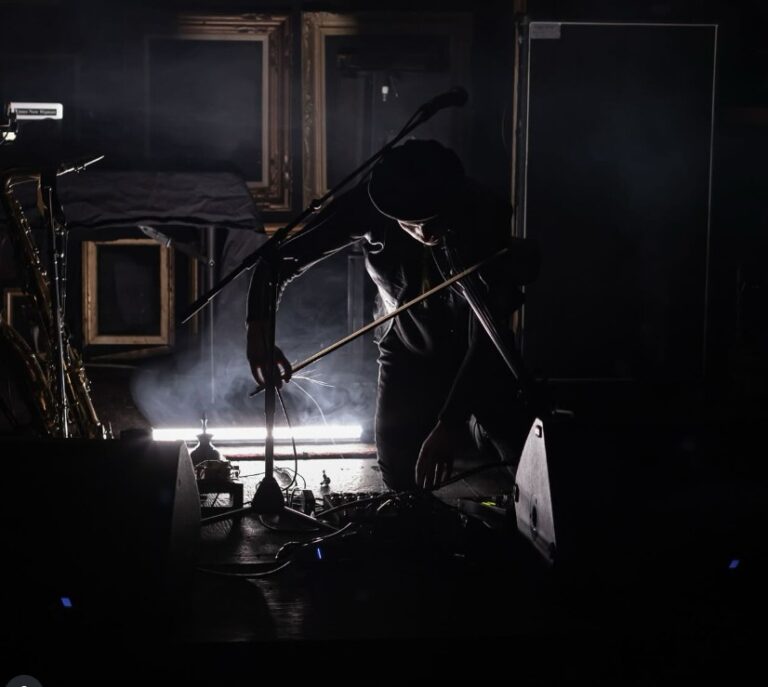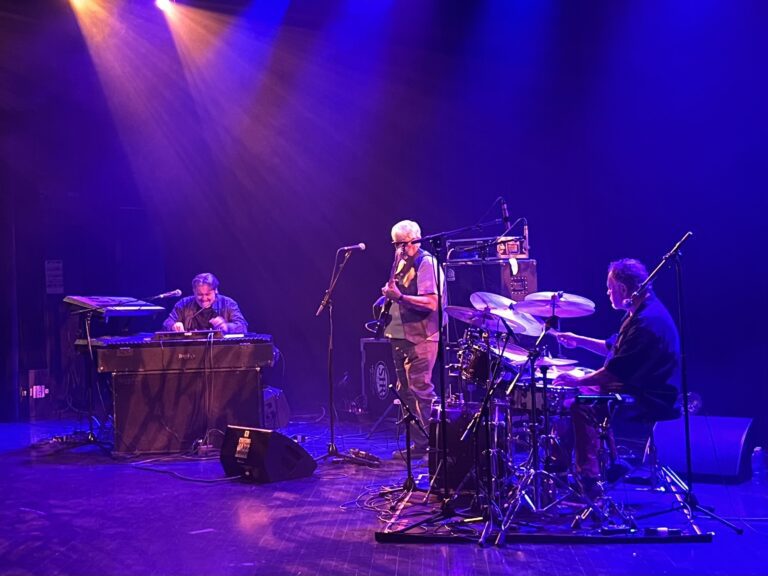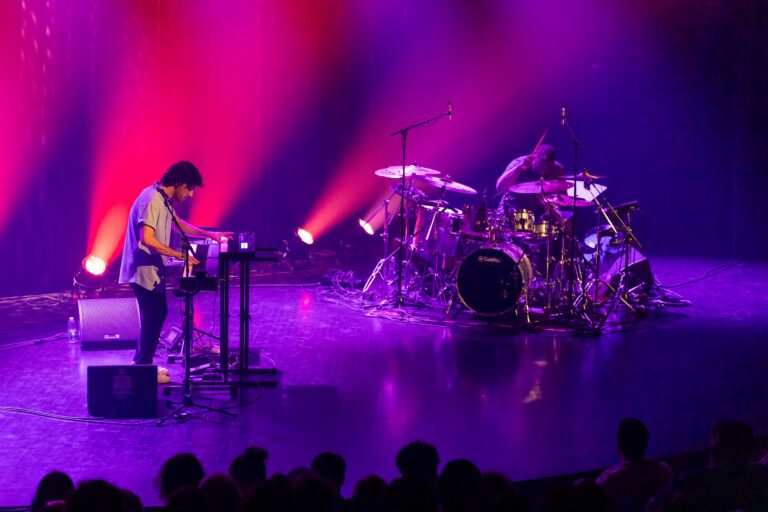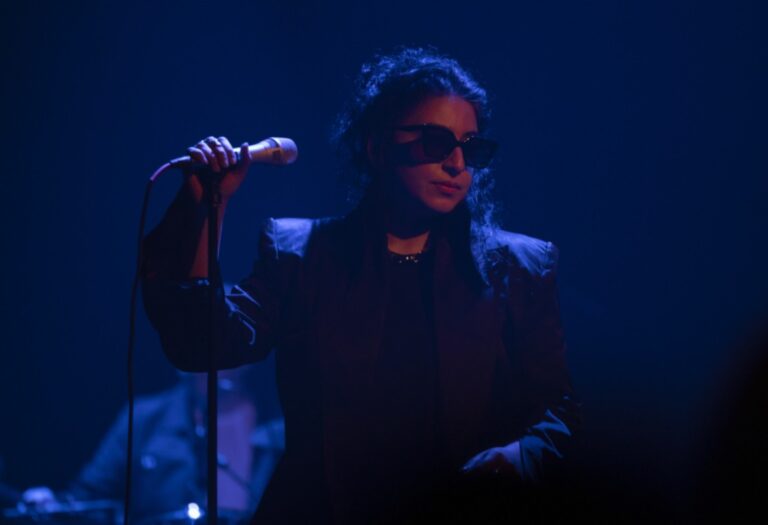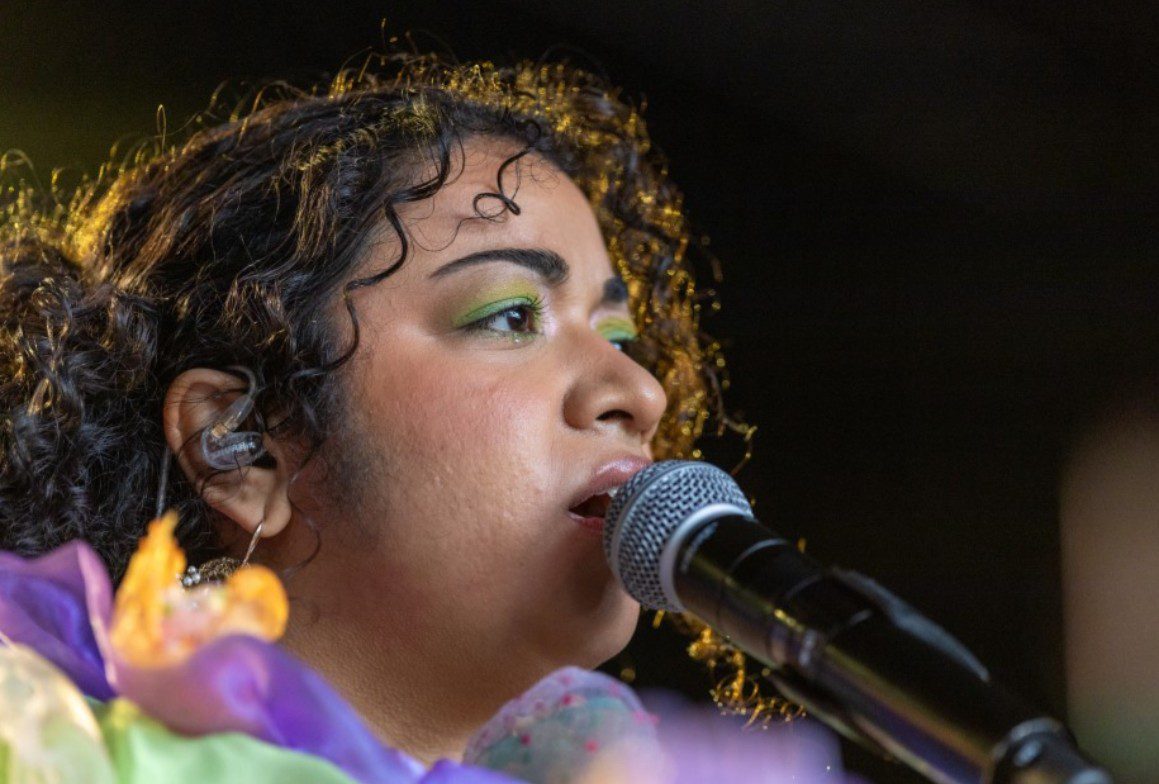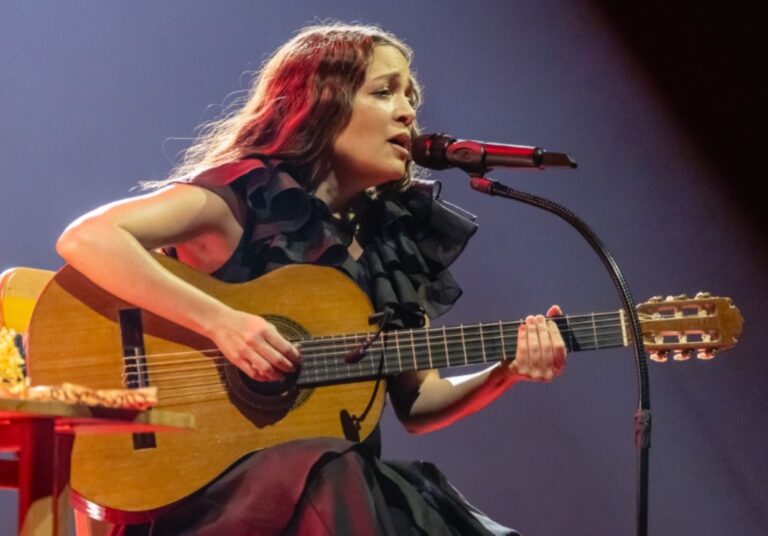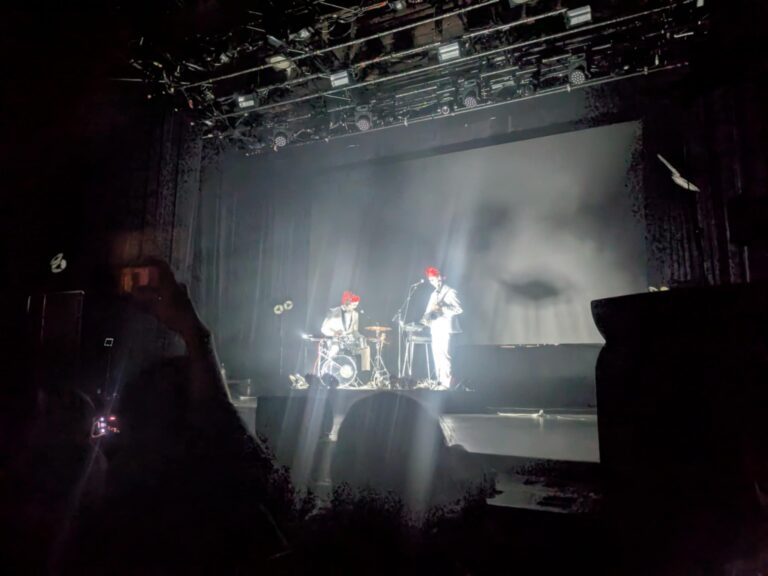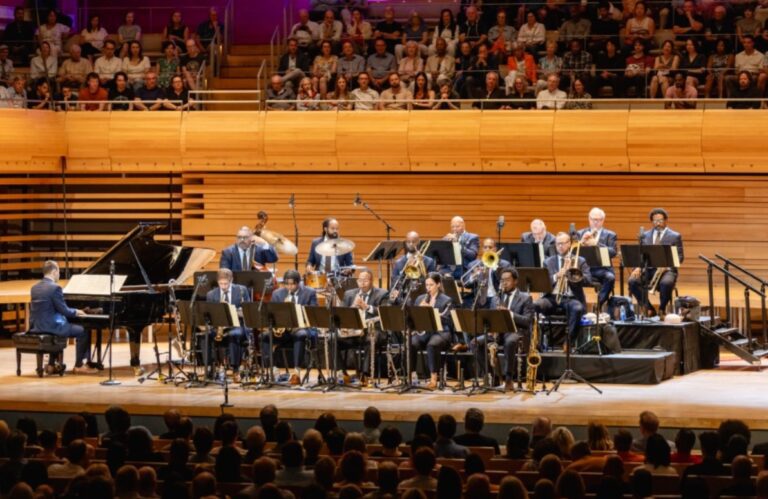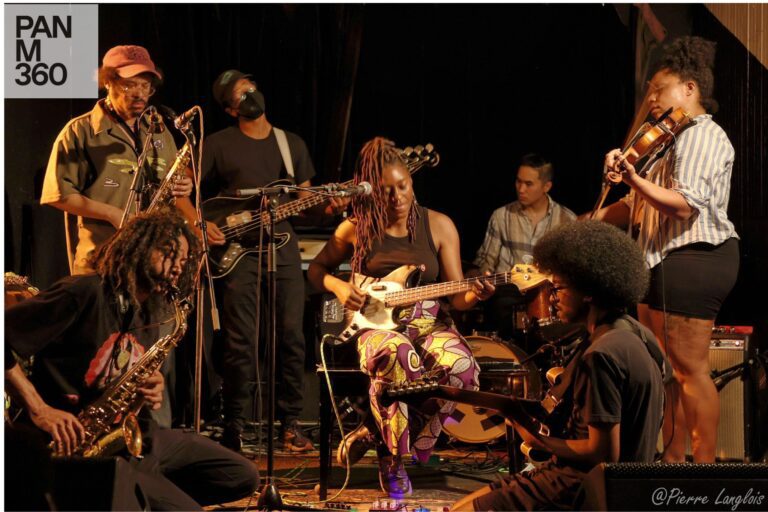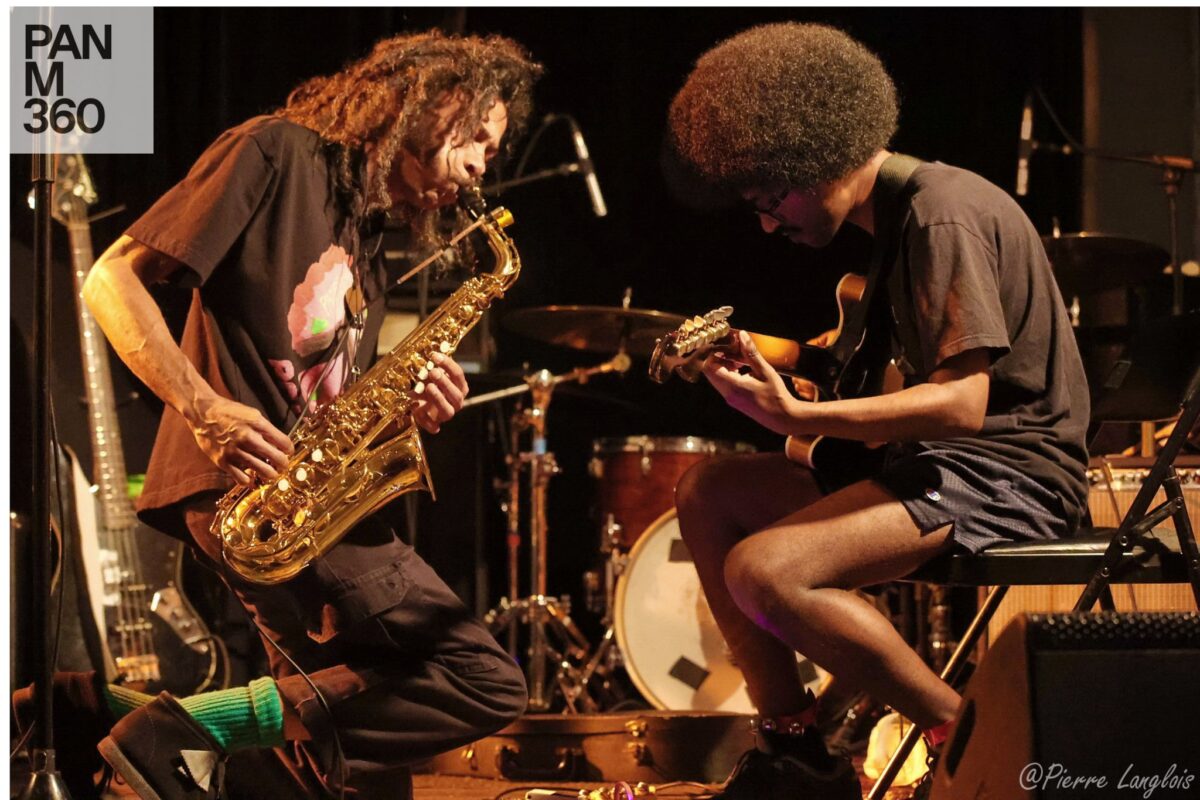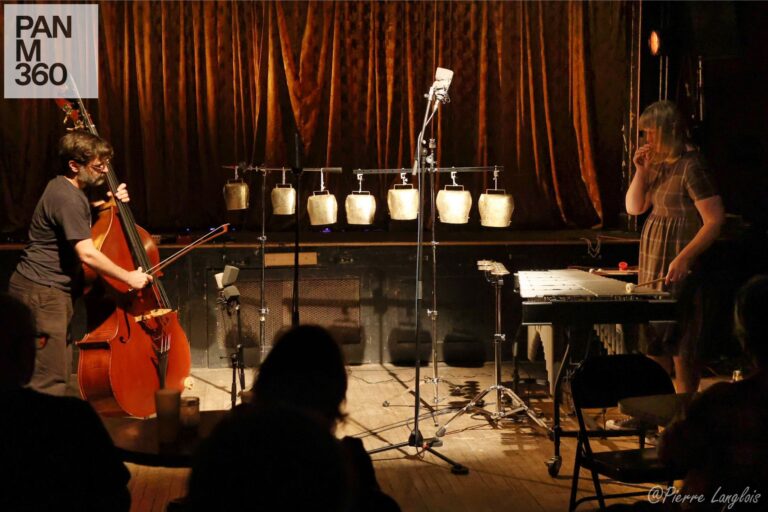Suoni has transformed La Sala Rossa into a Ball Room and welcomes for the second time the Jellicle Kiki Ball! A long awaited (and again sold-out!) night made by and for black, queer and trans community… and excellence.
The Kiki Balls are usually events focused around community and dedicated to the younger queers and, apart from distributing many prizes, Kiki expands its community cause to a humanitarian one – 600$ were raised Friday night towards Keffiyehs for Direct Action, a SWANA and queer mutual aid initiative providing direct support towards Palestinians (check ig and website).
Put together and presented by Legendary Godmother Phoenix Sankofa – who became tonight the new Overall Mother Sankofa – Father Noam Juicy Couture and Mags Old Navy, with DJ Father Cherry KFC and MC Father Broadway Mulan, the theme of this edition is, similarly to last one, – the feline, cats, kitties, pussycats, purrs and meows… one year after the mystical “Cats: The Jellicle Ball” in New York City, a ball adaptation of the iconic musical “Cats” by Andrew Lloyd Webber, itself based on T.S Eliot’s Old Possum’s Book of Practical Cats.
This #2 Jellicle Kiki Ball offered new categories such as Nails Done, where the most extravagant catty-nail art is called to walk; a high burning, hard-fought battle between Old and New Way; the sexiest Lip Sync’s; the wildest and juiciest Tag Team Sex Siren battle, and was blessed by the invincible walks of iconic voguer and Overall Mother Koppi Mizrahi, from Tokyo, Japan.
Solo walkers, productions, house walkers – so much talent, brilliance and high level taste and devoted work from the performers + the all time euphoric and hyping energy from the crowd couldn’t possibly fit a physical space but this is what community does – it elevates us to higher layers of possibility, it breaks society’s imposed limits and norms over one’s own power and existence – The Jellicle Kiki Ball #2 and every walker served only grace and we ate!

